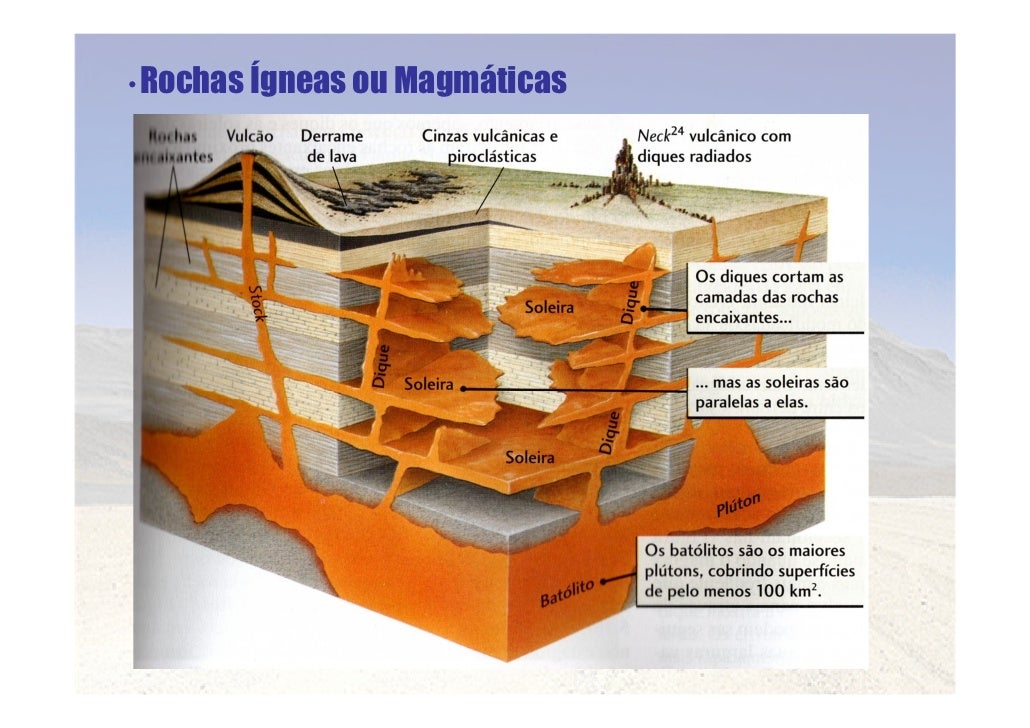Ilha de Porto Belo
A Ilha de Porto Belo tem um longo histórico de ocupação humana. Os petroglifos existentes na “Pedra da Cruz” são vestígios dos primeiros habitantes da região (povos neolíticos) e datam de mais de quatro mil anos atrás. Segundo crença popular, no século 19, quando os jesuítas foram expulsos do Brasil, enterraram na ilha uma imagem de um anjo de ouro. Naquela época, a população local acreditava que as inscrições rupestres podiam ser o mapa que levava ao tesouro ou que ele estava escondido sob a pedra. Hoje, as inscrições podem ser observadas na caminhada pela trilha ecológica.

Diques aplíticos
Um dique em geologia refere-se a uma formação ígnea intrusiva de forma tabular. A espessura é geralmente muito menor que as suas restantes dimensões e pode variar de alguns milímetros até muitos metros enquanto que a sua extensão lateral pode atingir muitos quilómetros.
Um dique é uma intrusão segundo uma fratura penetrante, significando isto que um dique atravessa camadas ou corpos rochosos pré-existentes, o que implica que um dique é sempre mais recente que a rocha em que está contido. Quase sempre apresentam grande inclinação ou inclinação próxima da vertical, mas deformação de origem tectónica pode provocar a rotação dos estratos atravessados pelo dique de tal forma que este pode tornar-se horizontal.
As intrusões conformes quase horizontais ao longo de estratos são chamadas soleiras intrusivas.
Os diques frequentemente ocorrem em enxames radiais ou concêntricos em redor de intrusões plutónicas ou junto de zonas de alimentação de vulcões.

Em termos de sua composição e textura, os diques podem variar de diabásicos ou basálticos a graníticos ou riolíticos.
Os diques pegmatíticos são constituídos por rochas graníticas de grão muito grosseiro, e encontram-se muitas vezes associados com os últimos estádios de uma intrusão granítica ou com segregações metamórficas.
Diques aplíticos são formados de uma rocha de grão fino com composição granítica.
Enquadramento Geológico
Neste local ocorrem rochas que correspondem a Aplitos.
Aplitos são rochas ígneas, intrusivas, de composição granítica, cor clara, textura sacaroidal e granulação muito fina. São compostas basicamente por quartzo e ortoclásio equigranulares. São comuns de ocorrência em veios, diques e bolsões.



Para concluir esta Earthcache, terá que me enviar por email as respostas as seguintes perguntas:
1- Qual a cor da rocha hospedeira?
2- Qual a cor da rocha intrusiva?
3- Quantos diques se podem observar na rocha que está no GZ?
4- Qual a espessura do maior dique observado?
5- Envie uma foto com o seu GPS junto ao dique(opcional).
_________________________________________________________________
Island of Porto Belo
The Island of Porto Belo has a long history of human occupation. The petroglyphs in the "Pedra da Cruz" are vestiges of the first inhabitants of the region (Neolithic peoples) and date back more than four thousand years. According to popular belief, in the 19th century, when the Jesuits were expelled from Brazil, they buried an image of an angel of gold on the island. At that time the local population believed that the rock inscriptions could be the map that led to the treasure or that it was hidden under the stone. Today, the inscriptions can be observed in the walk along the ecological trail.

Dykes
A dyke in geology refers to an intrusive fire formation in tabular form. The thickness is generally much smaller than its remaining dimensions and can range from a few millimeters to many meters while its lateral extension can reach many kilometers.
A dam is an intrusion according to a penetrating fracture, meaning that a dam crosses layers or preexisting rocky bodies, which implies that a dam is always more recent than the rock in which it is contained. They almost always have a large slope or slope near the vertical, but deformation of tectonic origin can cause the rotation of the strata crossed by the dam so that it can become horizontal.
The almost horizontal conforming intrusions along strata are called intrusive sills.
Dykes often occur in radial or concentric swarms around plutonic intrusions or near volcano feeding zones.

In terms of composition and texture, dikes can range from diabase or basaltic to granite or rhyolitic.
Pegmatitic dykes consist of granite rocks of very coarse grain, and are often associated with the later stages of a granite intrusion or with metamorphic segregation.
Applied dykes are formed from a fine-grained rock with granite composition.
Geological Background
In this place they occur rocks that correspond to Aplitos.
Aplitos are igneous, intrusive rocks of granite composition, light color, saccharidal texture and very fine granulation. They are composed mainly of equigranular quartz and orthoclase. They are common occurrences in veins, dikes and pockets.



To complete this Earthcache, you will have to email me the answers to the following questions:
1- What is the color of the host rock?
2- What is the color of the intrusive rock?
3- How many dykes can be observed on the rock that is in the GZ?
4- How thick is the largest dam observed?
5- Send a photo with your GPS near the dam (optional).

